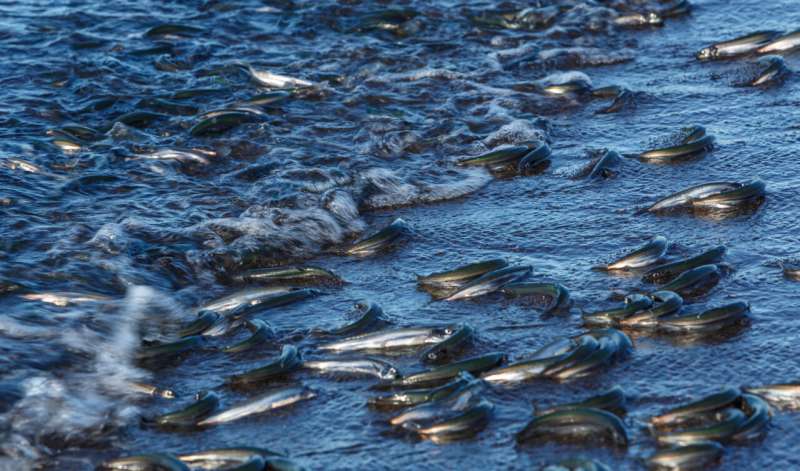Noise pollution is hurting animals, and we don't even know how much

From construction projects to busy roads, airplanes and railways, human noise is everywhere. It is an invisible cause of stress, posing . However, noise also harms animals living in close contact with humans, in homes, farms and zoos.
Noise is a distracting, scary or physically painful sound. upon humans range from mild irritation to learning and memory problems, permanent hearing damage and heart disease.
Abnormally loud noise, such as at music concerts or construction sites, is . But noise is not regulated for other animals.
In our , we found a greater awareness and more understanding is needed into how noise harms pets, farm and working animals and zoo animals.
Research tends to measure how loud a noise is in decibels (dB). Decibels are easy to measure with a handheld device and form the basis of . But the type of noise source, frequency (pitch), rate and duration can also impact how noise is experienced by a listener.
Great apes have to humans, but the rest of the animal kingdom perceives noise very differently. Hearing ranges from very high frequency ultrasound (>20,000 Hz) echolocation in bats and to very low frequency infrasound . The hearing range of humans sits right between ultra and infrasound.
Some invertebrates such as detect sound from vibrations with their tiny leg hairs. It's difficult to tell how sensitive an animal is to noise but what's most important is whether noise in their environment is within their hearing range, rather than if the animal has a high or low frequency.
What we know
Due to a lack of research, we don't know that much about how precisely noise affects animals but this is what we've learnt so far.
Loud noise can . We can assume this exposure is painful because rats exposed to loud noise behave differently with and without pain medication. Findings in lab rodent studies can be generalized to other mammals but there are known .
suffer chronic stress, fertility problems and change their migration routes in response to noise. Confined animals are often exposed to high levels of human-generated noise which they cannot escape.
Research shows noise causes confined animals . For example , vibrations from extreme noise can damage the swim bladder which in turn impacts their hearing and buoyancy. Pain and fear are strong indicators of .
Inaudible noise (vibrations) can also hurt animals by physically shaking their internal body parts. Farm animals experience high levels of vibration . is investigating whether vibrations from construction work impacts zoo primates.
One noisy event such as a local music festival or extreme weather can trigger long-term fear in animals. The link between noise and fear has been well studied in dogs using recordings of thunderstorms.
This kind of noise sensitivity, which affects up to , is triggered by unexpected noises. It makes animals hide or seek human comfort. exposed to vehicle noise and even music also freeze in fear.
Primates, birds and frogs can adjust in the short term to noisy environments by , similar to raising our voices at noisy parties. But the long-term consequences of animals needing to change their methods of communication hasn't been studied.
Long-term exposure to loud noise reduces . The is complex but generally speaking, high levels of anxiety reduce our ability to perform challenging tasks.
This could be similar in other mammals but there is not enough research to be sure. Studying noise in zoos is difficult because it's hard to control other factors, like weather and visitor presence.
How to help
If your pet is stressed by noise, a are available to calm or distract them including synthetic pheromones and enrichment toys. But prevention is better than cure.
If you take care of confined animals, pay close attention to human activities that generate noise (such as cleaning and gardening) and how the surroundings may reflect sound waves. Sound waves can be blocked and bounce back from materials like concrete, metal and glass, which makes the noise worse.
You can protect your pets during noisy events, like thunderstorms and firework displays, by providing extra spaces to escape noise. Some soft furnishings like pillows or blankets inside a den help absorb sounds. A pile of blankets to crawl under, even without a den, will help to block out noise.
Better regulation is needed to protect animals from construction work and noisy events. Animals don't have a say in what building projects or music concerts go ahead but they can suffer the consequences.
Provided by The Conversation
This article is republished from under a Creative Commons license. Read the .![]()














